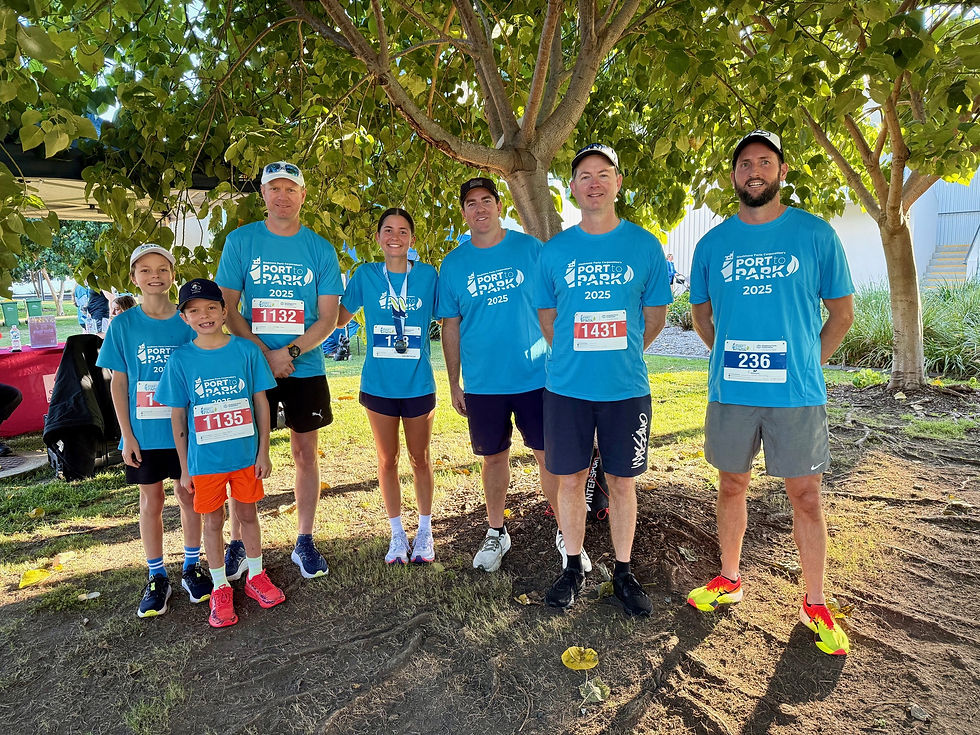Turtle management plan sheds light on skyglow impacts to nesting turtles.
- michael26806
- Dec 2, 2022
- 2 min read
Earlier this week, representatives from Santos GLNG, QGC Shell and ConocoPhillips walked the beach of Curtis Islands South End in search for turtles as part of the Long-term Turtle Management and Monitoring Program (LTTMMP).

A team from Ecologica and Pendoley Environmental took eager participants down to the beaches in the search for female turtles emerging from the surf looking for a suitable location to lay her eggs. As part of the LTTMMP the impacts of skyglow, brightness of light in the night sky is measured and documented with results later compared to the hatching travel patterns away from the nest.
Local beaches on Curtis Island are important nesting locations for the local populations of green turtles and flatback turtles. The migrating flatback turtles return to the same beaches year after year to lay large clutches of eggs in the hope to give their offspring the best start to life. The young hatchlings face many dangers upon emerging from their nest, one being the impacts of skyglow. Skyglow refers to the brightness of light in the night sky as a result of anthropogenic sources. As the hatchlings are inherently and sensitively tuned to the light of the moon and the reflection from the ocean, the hatchlings can easily be steered off course if built up areas are brighter and can potentially result in a fatal change of course away from the ocean. As the hatchlings erupt from the sandy nest and start their journey in life, a fan of tracks remain on the beach. The spread of the angles from the nest to the water are measured and compared to skyglow monitoring data to understand if the hatchlings were steered off course by artificial light sources.
Granted approval conditions under the Commonwealth Environment Protection and Biodiversity Conservation Act 1999 has encouraged the three LNG facilities to collaborate on a LTTMMP to understand the potential impact of the facilities on the turtles movements and breeding. The program has been a great success to date and will continue on for many more years.



